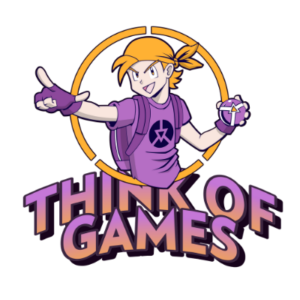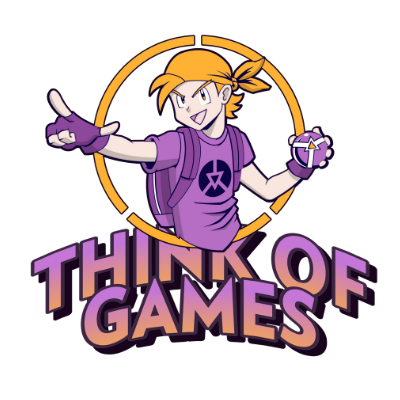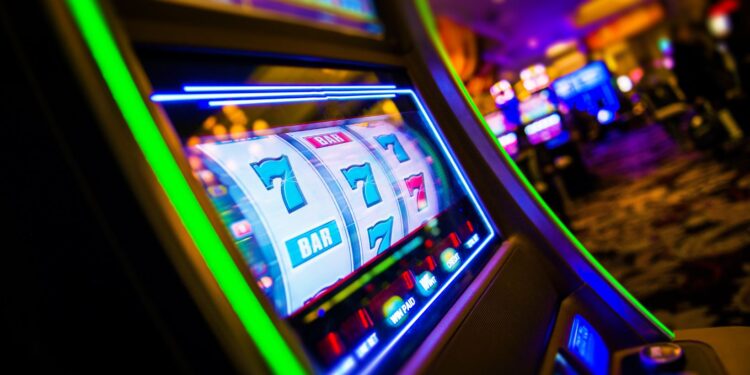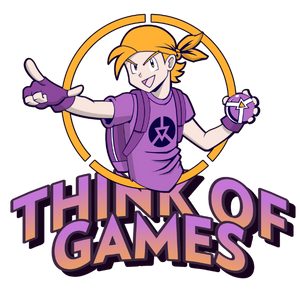Casual gaming once revolved around straightforward, single-player titles where each session began and ended in isolation. Social slots have disrupted that simplicity, blending multiplayer-style interaction with the fast pace of slot gameplay. They merge constant content updates, cooperative challenges, and varied reward systems into a format designed for long-term engagement rather than brief diversion.
This evolution also exposes players, especially those new to the genre, to a broader set of mechanics than traditional casual games ever offered. Concepts such as cluster pays, sticky wilds, or scatter-triggered free spins can shape strategy and influence progression. A social casino glossary is a useful reference for decoding these terms, which gives players the context needed to understand how different features fit into the modern social slot experience.
1. Community Systems as the Gameplay Core
Modern social slots have gone far beyond the days of basic leaderboards or friend lists. Today, community features are woven directly into the gameplay loop, making social interaction a key driver of progression rather than an optional add-on.
Collaborative tournaments and team-based challenges now replace isolated play with collective goals. Every spin or action contributes to a shared target, with all participants reaping the rewards when milestones are hit. This design creates a sense of mutual investment, where success depends on group effort as much as individual skill.
Another essential feature is reciprocal gifting. Players can send and receive non-monetary items such as bonus spins or in-game coins, creating a mini social economy. This low-barrier exchange fosters goodwill, strengthens player bonds, and encourages regular logins to maintain these relationships. The result is a persistent digital space where users return as much for the community as for the games themselves.
2. Reward Structures That Keep Players Coming Back
Traditional casual games often relied on unpredictable big wins to generate excitement. While thrilling, this approach could also frustrate players during long dry spells. Social slots have shifted to a more balanced model, frequent, smaller rewards layered across multiple progress paths.
Players can complete daily challenges, advance on long-term progress bars, collect themed virtual items, and unlock achievements simultaneously. Even without hitting a jackpot, every session feels productive, with tangible progress across different game elements. This constant stream of positive feedback keeps engagement high and reduces the frustration that comes from streaks of bad luck.
Importantly, many platforms offer free slots as a zero-risk entry point. New players can explore features, build progress, and enjoy the reward systems without initial spending. This frictionless start encourages broader adoption while still integrating users into the game’s reward ecosystem.
3. From Static Game to Dynamic Content Platform
The third major change is structural. Older casual games were static, single-title experiences. Social slots now operate like entertainment platforms, hosting a constantly updated library of themed slot games with varying mechanics and volatility levels.
This variety allows players to curate their own experience based on mood or preferred play style. A player might choose a fast-paced, high-volatility slot one day and a relaxed, low-variance game the next. The platform’s ongoing content pipeline, funded by optional in-game purchases, ensures there’s always something new to explore.
This dynamic model mirrors streaming services, where fresh content is key to retaining subscribers. For social slots, the continuous introduction of new themes, seasonal events, and special challenges keeps the experience fresh and gives players reasons to return daily.
4. Balanced Monetization That Supports Engagement
Social slots have refined monetization so it feels like part of the experience rather than an interruption. Instead of locking progress behind paywalls, platforms offer optional purchases that enhance gameplay without excluding non-paying users.
Players can choose to buy extra spins, unlock themed bonus rounds, or speed up certain progress goals. These purchases are designed to add convenience or variety, not force spending to access core features. This balance allows monetization to fund ongoing development while keeping the environment inclusive for the entire player base.
5. Seamless Play Across Devices
Another factor reshaping casual gaming is the cross-platform accessibility of social slots. Players can switch between mobile, tablet, and desktop without losing progress, thanks to cloud-based accounts.
This flexibility means gaming sessions can fit naturally into different parts of the day, whether at home, commuting, or on a break. By keeping the game available everywhere, developers ensure that users remain connected to events, challenges, and community interactions at all times.
A Structural Evolution, Not a Trend
Social slots are not just adding cosmetic social features, they are rebuilding the casual gaming model from the ground up. By embedding functional communities, creating steady, multi-layered rewards, and adopting a content platform approach, they have turned casual play into a long-term, socially connected experience.
This evolution is shaping the future of the industry. Games are no longer just about winning or losing; they are about belonging, progressing, and being part of a living digital environment. For both developers and players, social slots represent a more engaging, sustainable form of casual gaming.




















